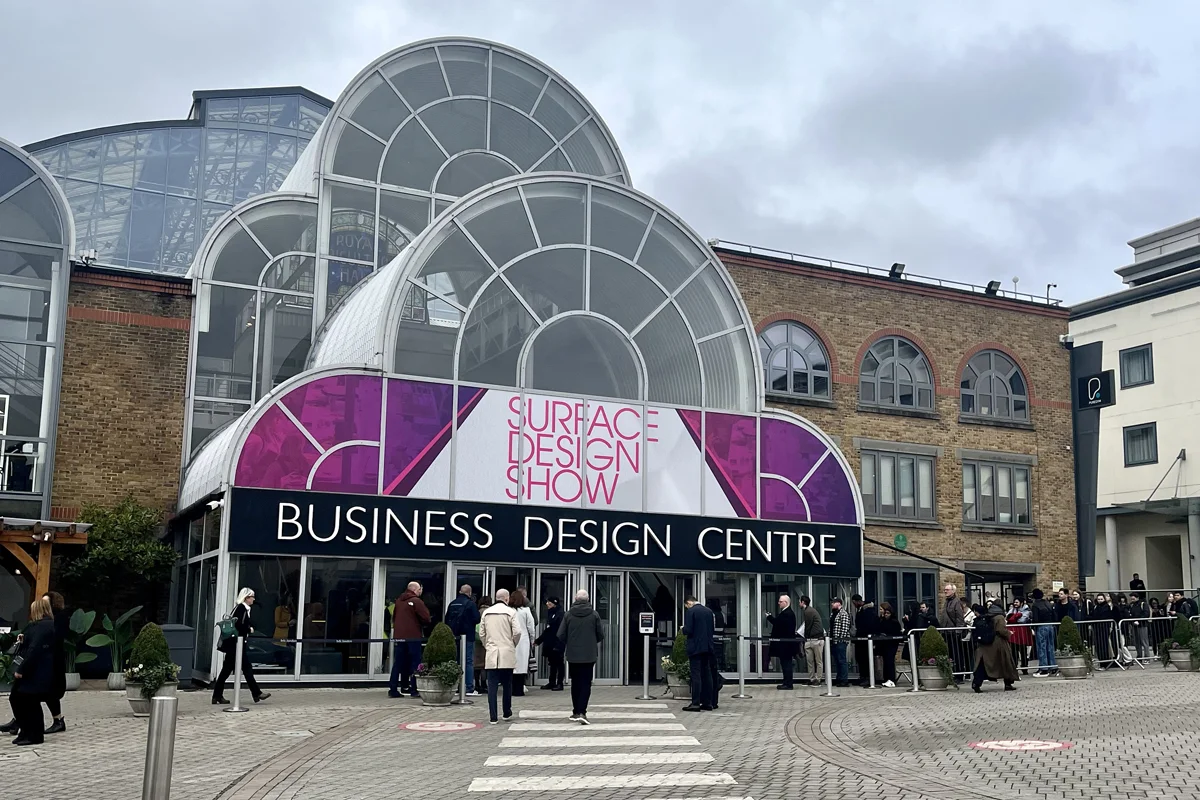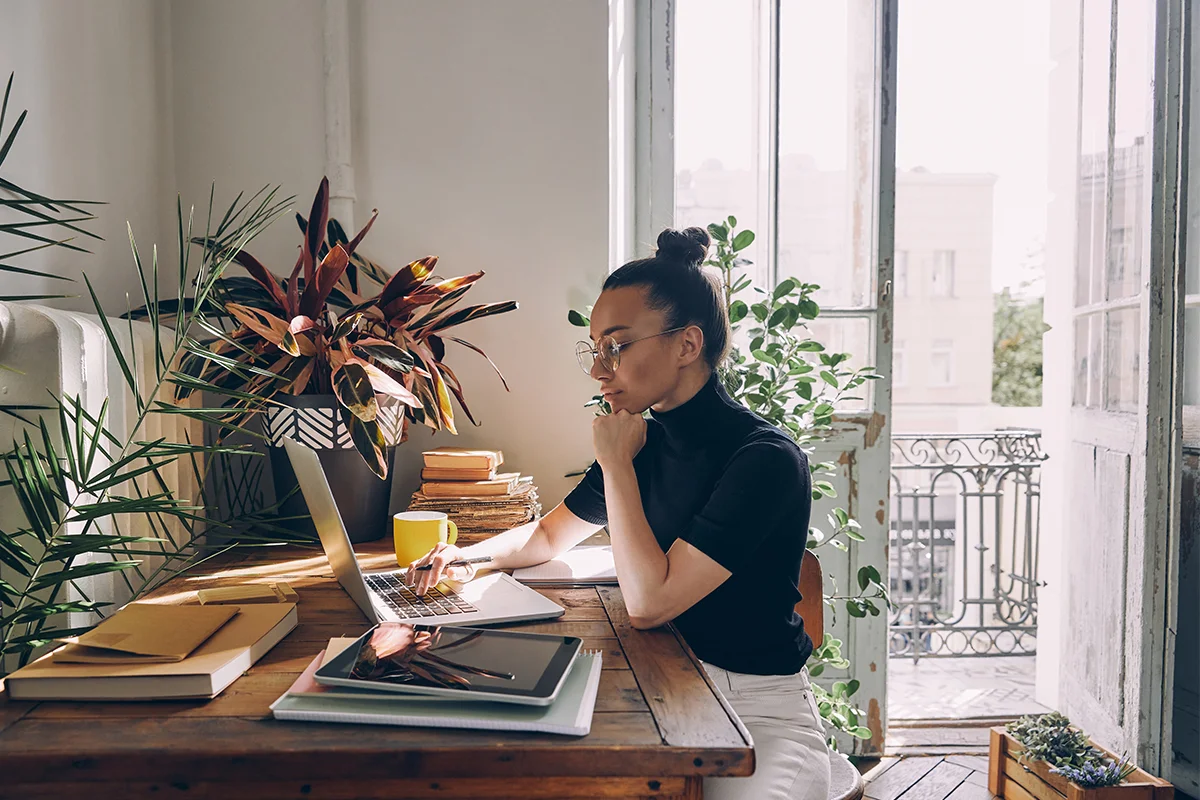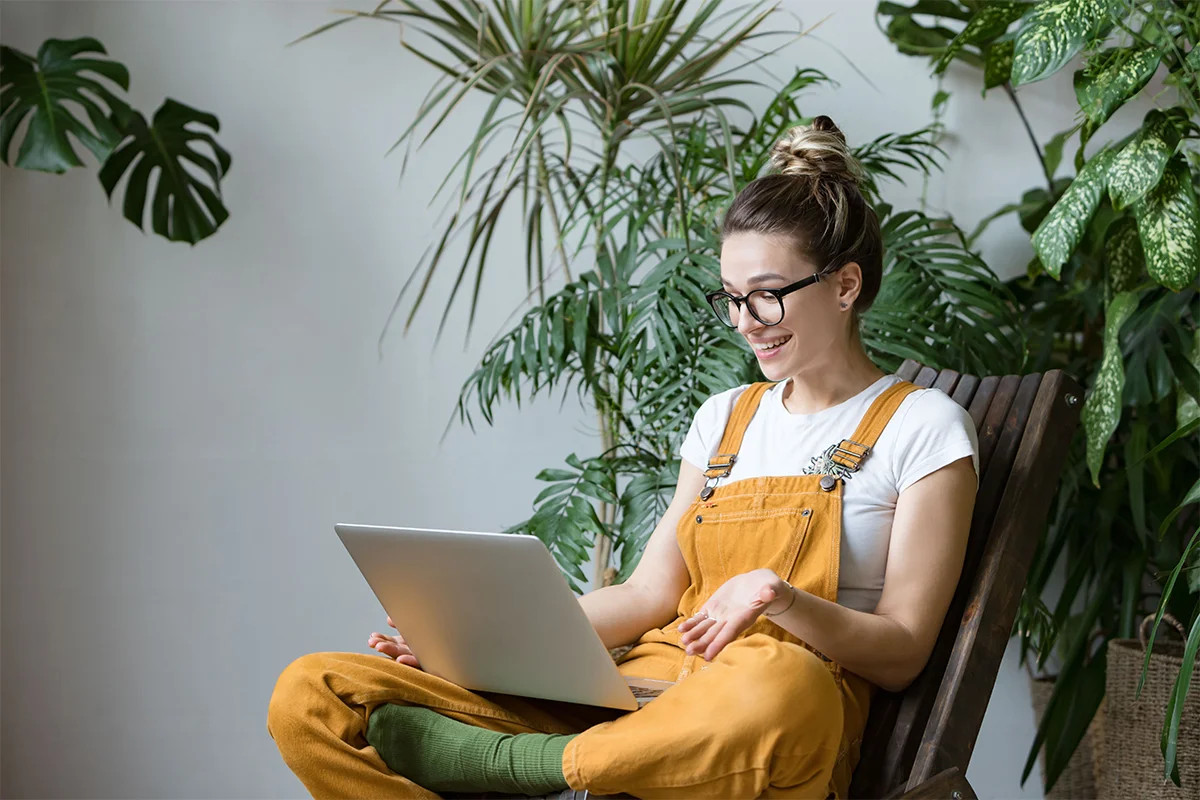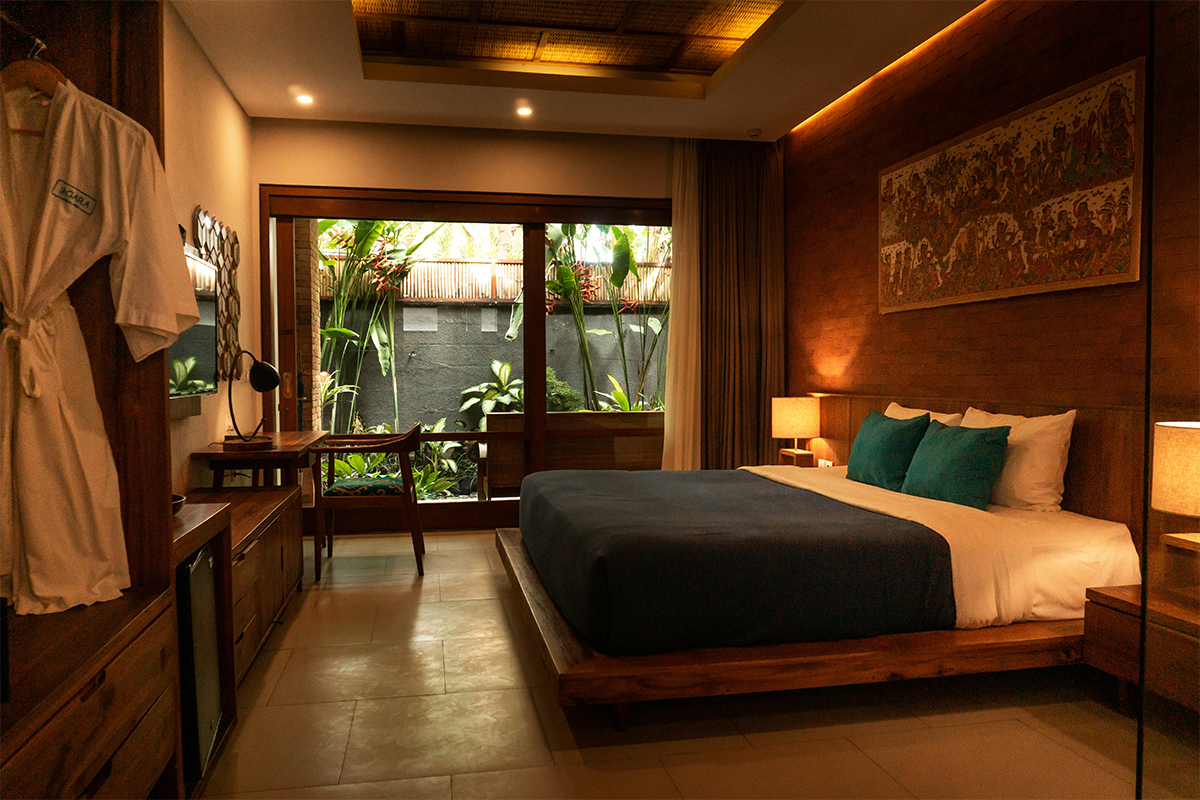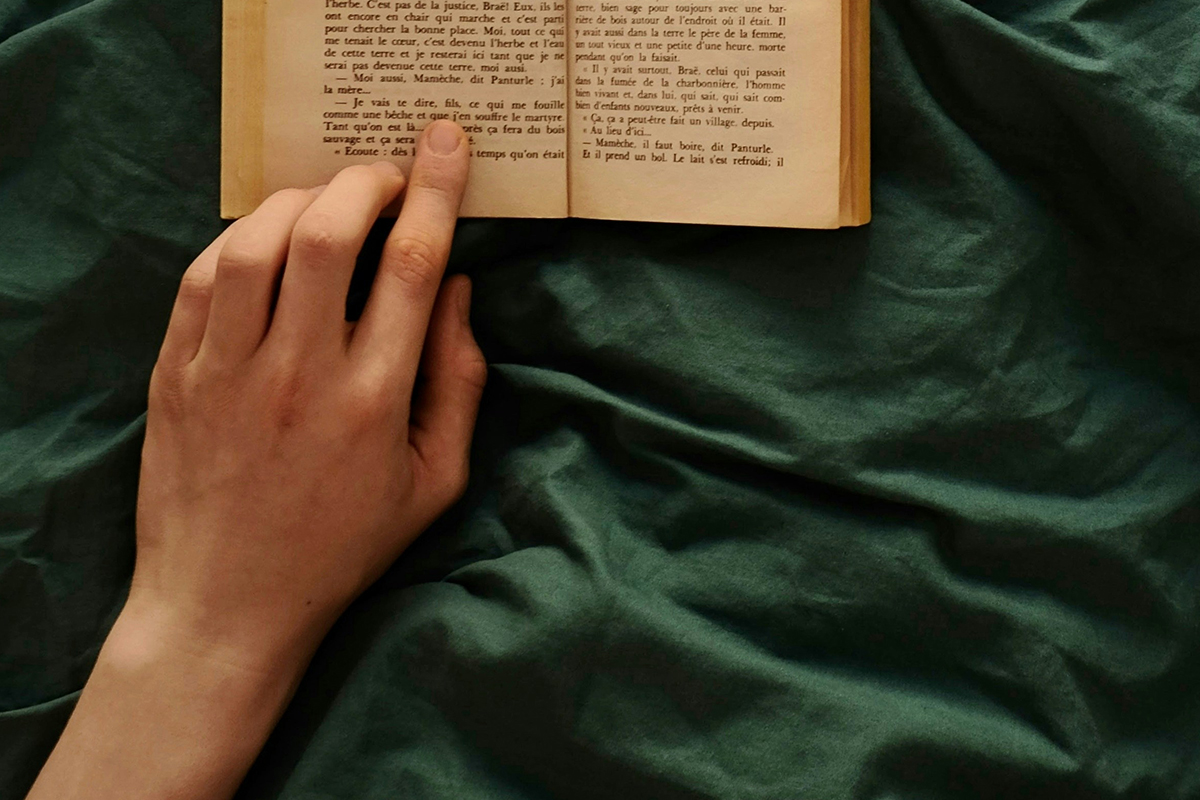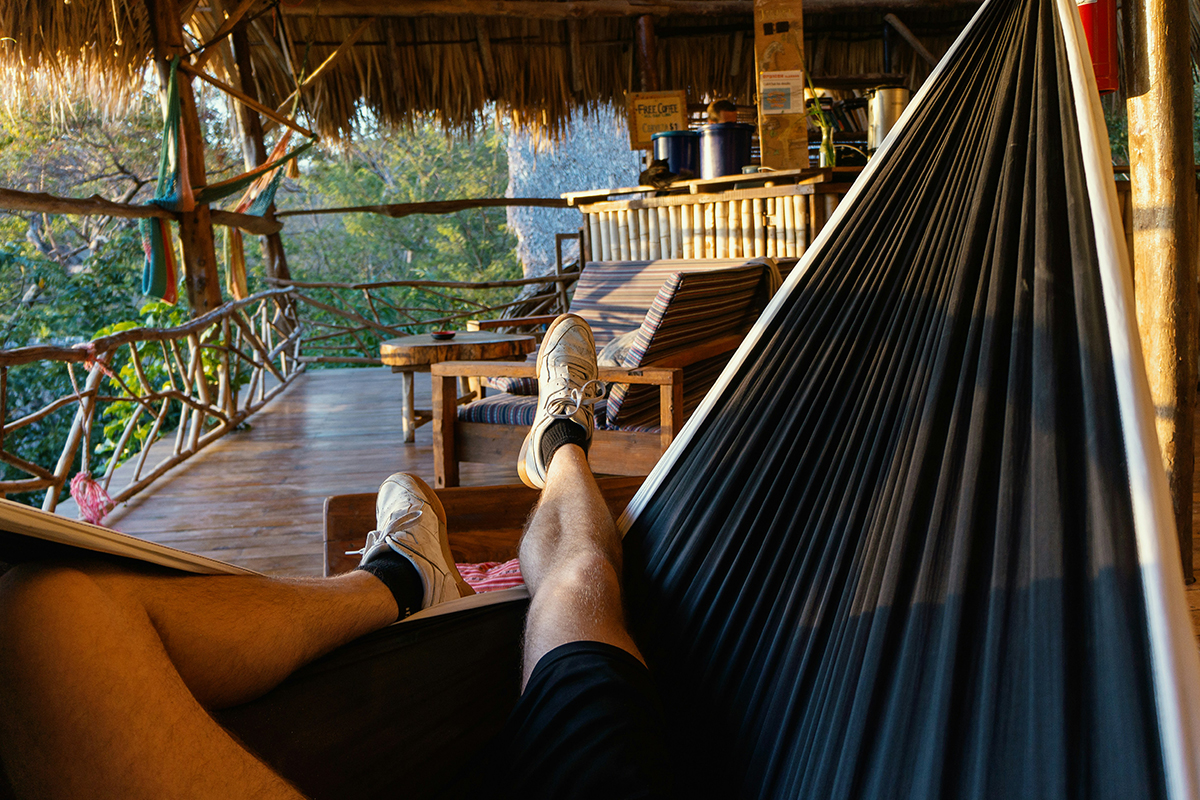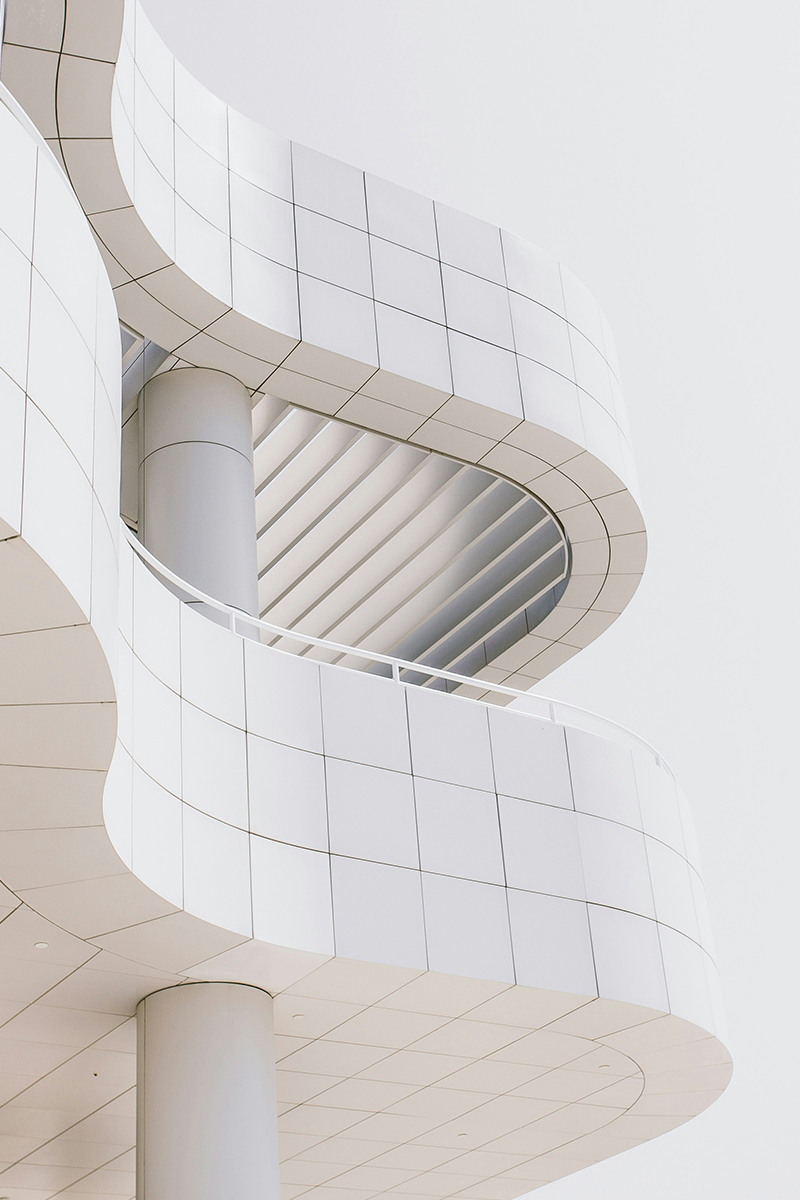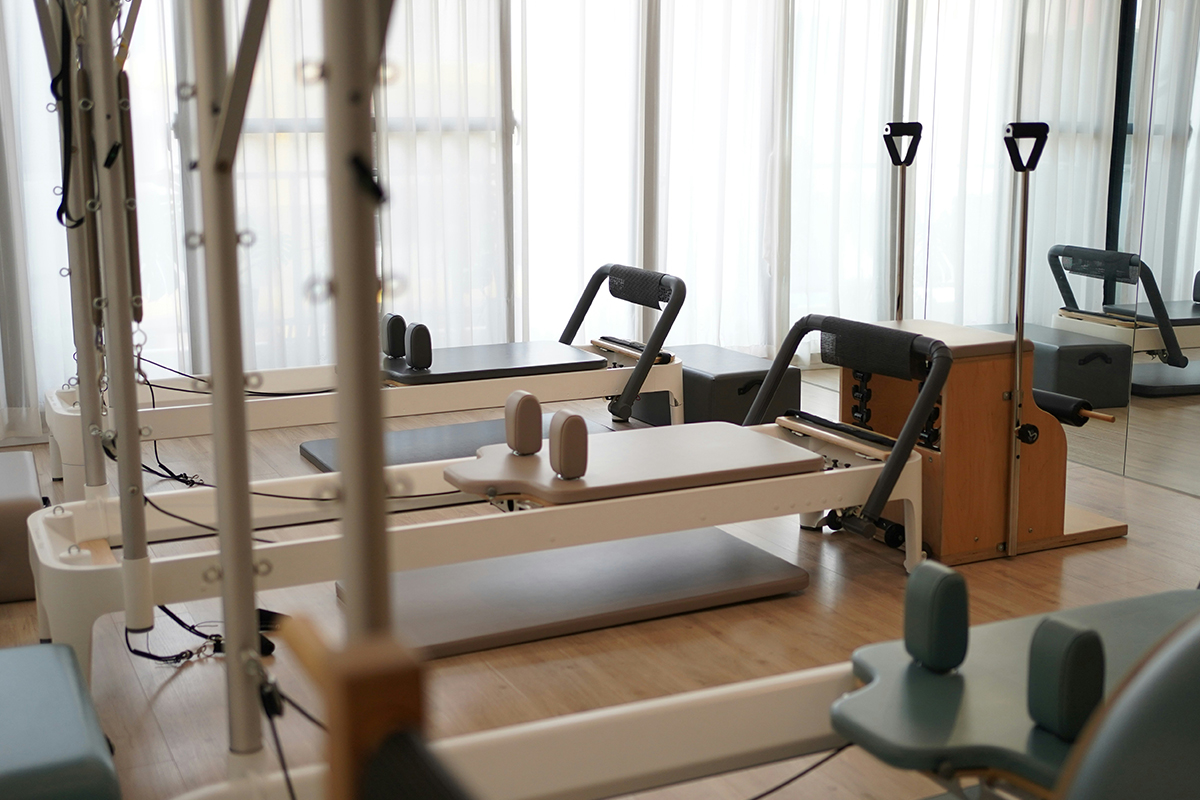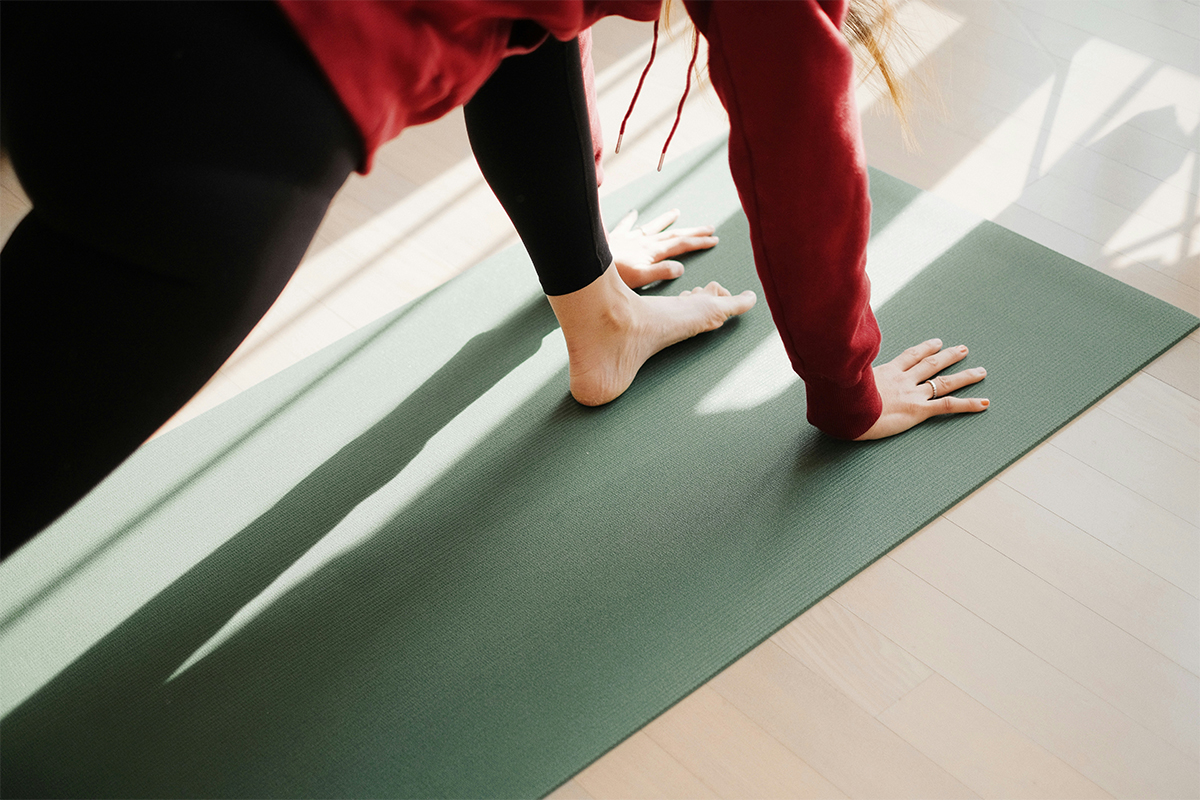Our First Furniture Design
Journal
Custom Stools for Clay’s, in Collaboration with Tabilo
We’re best known for designing spaces – but this time, we designed something you can actually sit on. For our first venture into furniture design, we partnered with the brilliant team at Tabilo to create a custom collection of stools for Clay’s – a vibrant, high-energy hospitality concept inspired by the world of clay target shooting.
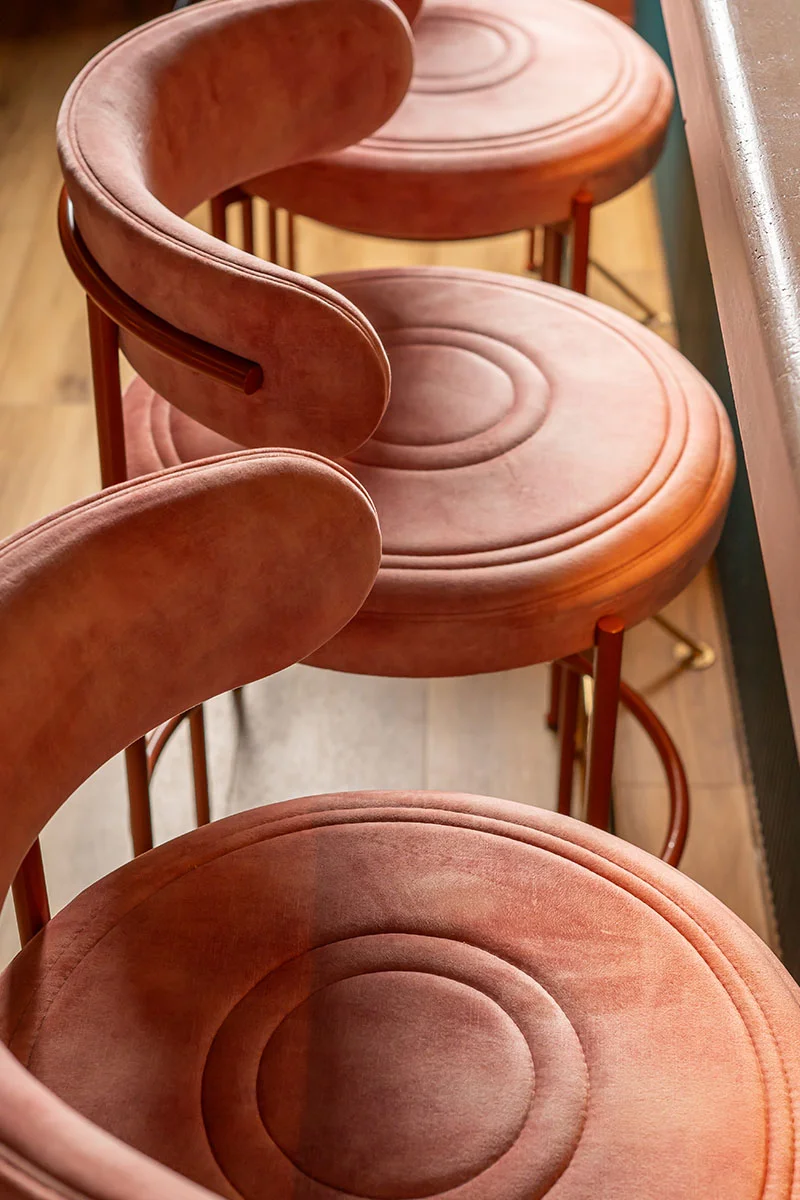

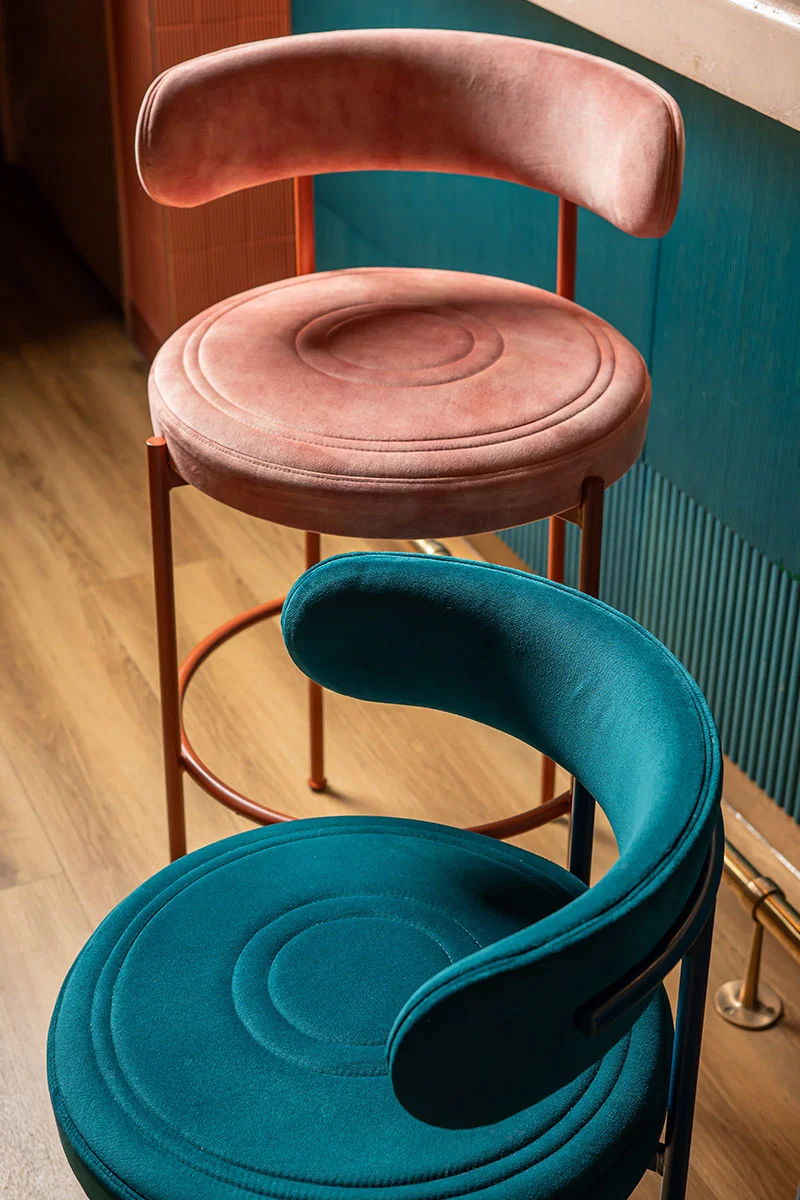
Custom Stools for Clay’s, in Collaboration with Tabilo
Tabilo – specialists in custom contract furniture – were the perfect partners for this creative leap. With their deep knowledge of fabrication and materials, they helped us bring a shared vision to life: seating that was not just functional, but truly expressive.
These stools were designed to feel like an extension of the brand itself. Every element was intentional – from the vivid colour palette inspired by the British countryside, to the detailed stitching that subtly echoes the circular motif of clay targets (a nod to the venue’s name and concept). Earthy tones and deep burgundies are uplifted by vibrant teal accents, striking a playful balance between heritage and energy.
What made this collaboration so rewarding was the freedom to push boundaries. Tabilo’s willingness to explore finishes and adapt designs meant we could really experiment – not just with colour, but with texture, shape, and storytelling. The result is a set of stools that aren’t just furniture, but characterful design pieces that hold their own in a busy hospitality space.
This project marks an exciting step for us – our first foray into product design, driven by the same principles we apply to every interior: creativity, craftsmanship, and collaboration.
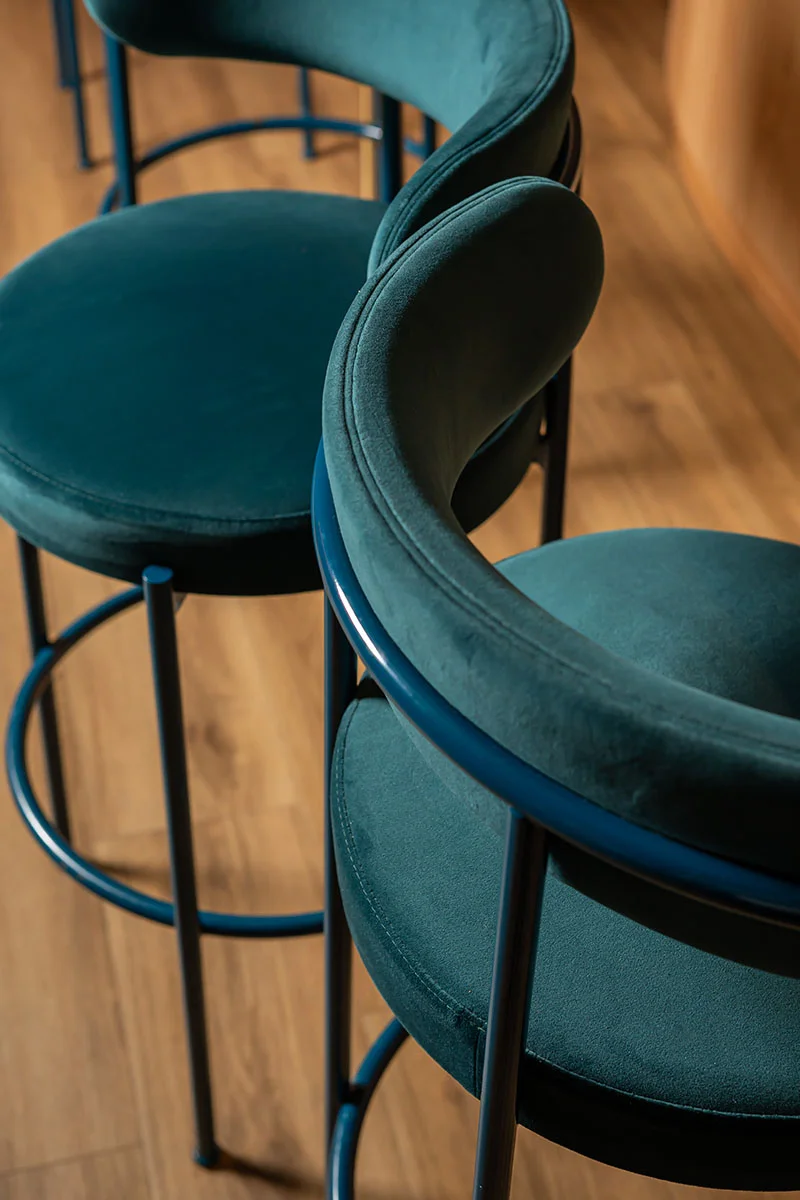
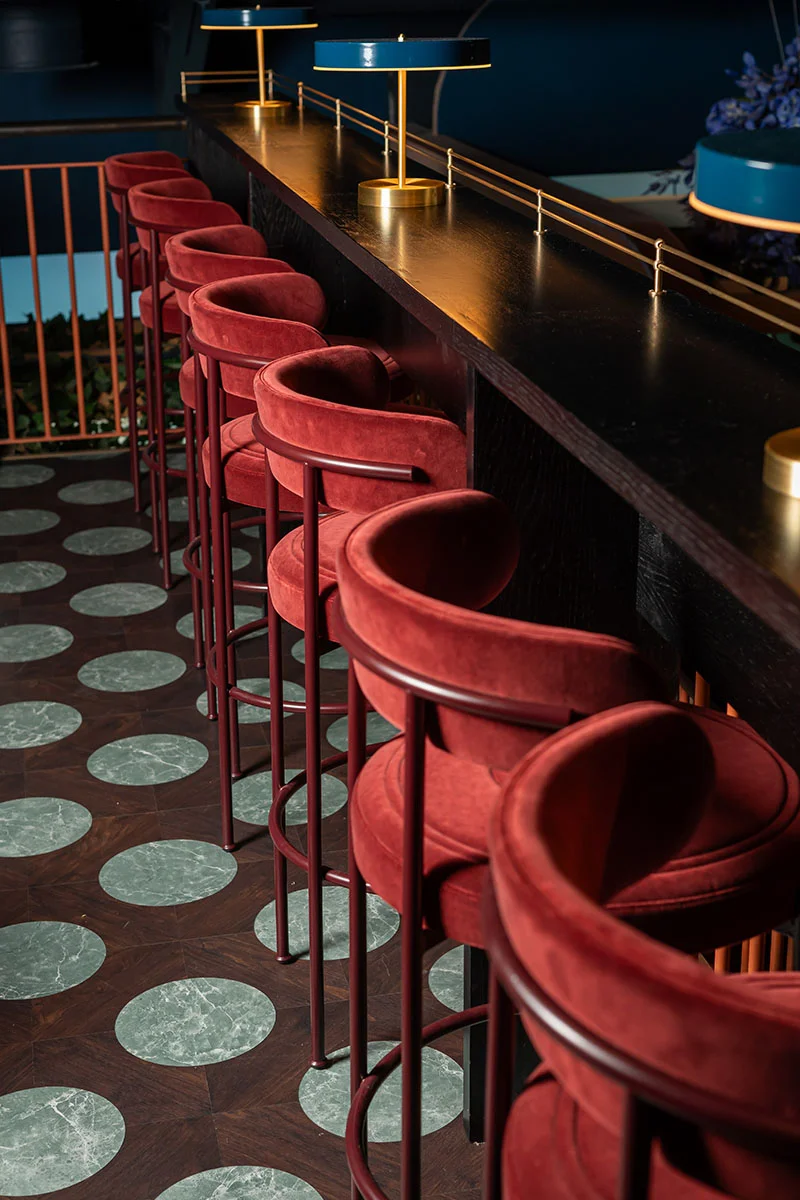
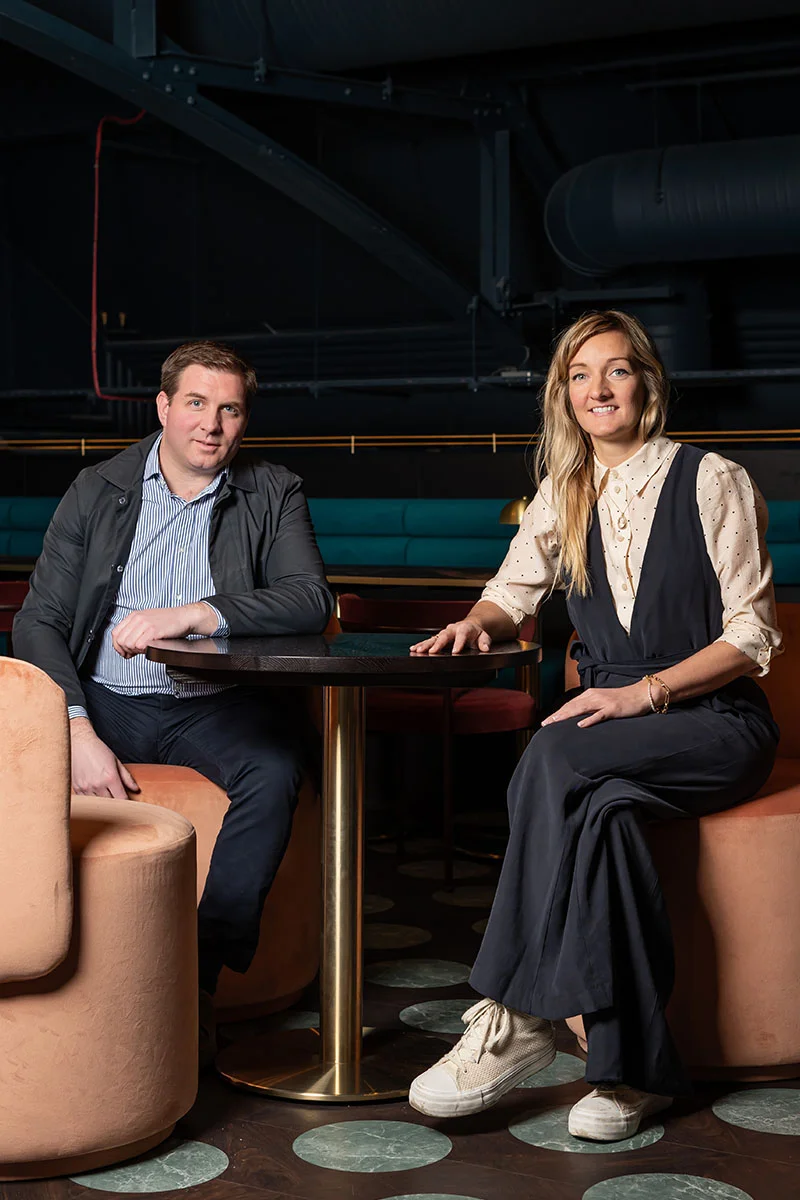
Surface Design Show 2025
Journal
What Inspired Us This Year
We always look forward to the Surface Design Show – it’s one of those events that never fails to spark new ideas. This year’s edition, hosted as always at the Business Design Centre in Islington, was no exception. It was a full-on celebration of innovation, sustainability, and material creativity, all under the theme Creative Conscience.
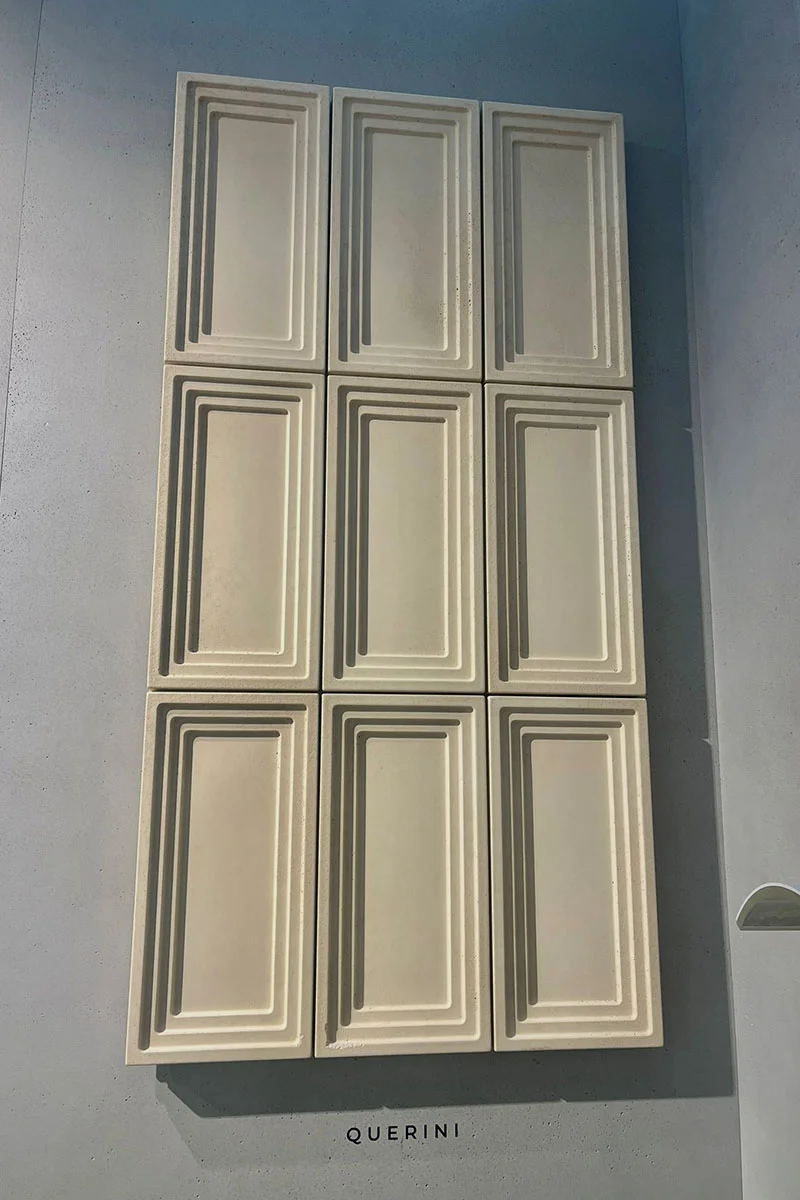
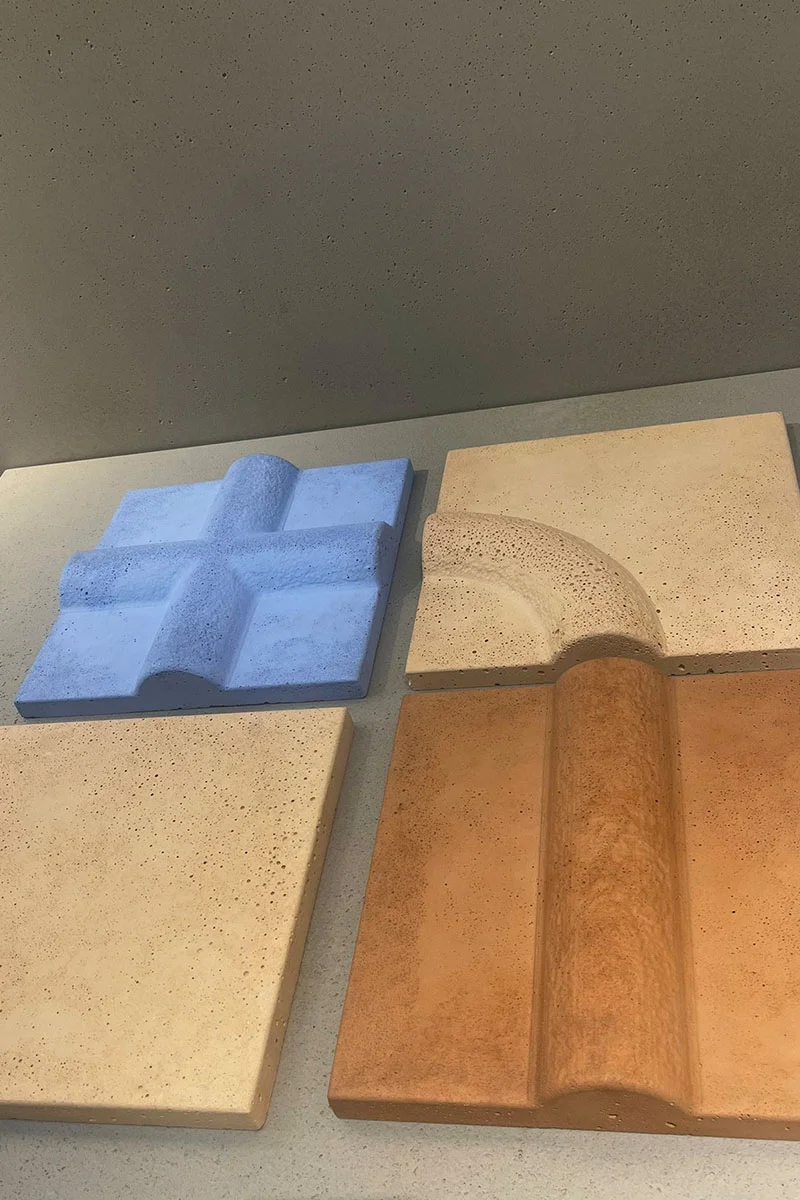
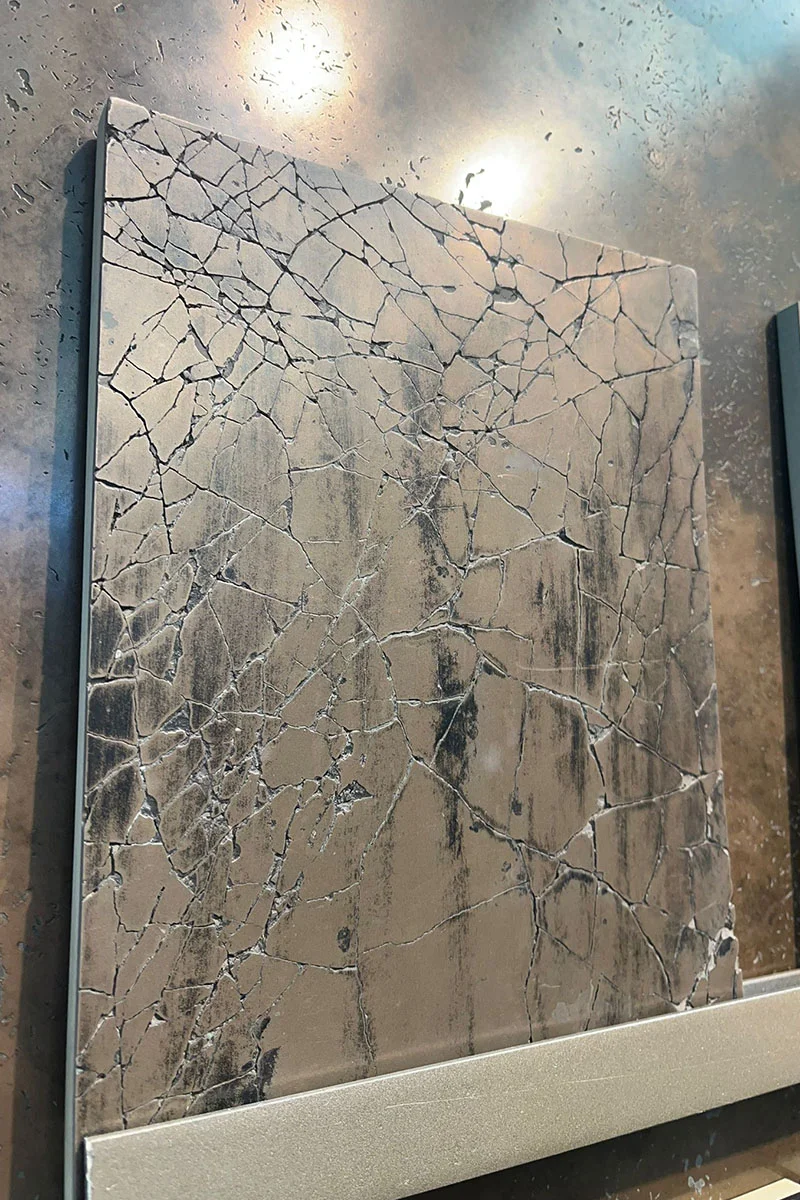
Highlights from the Surface Design Show 2025
It’s a theme that really resonated with us – encouraging designers to think beyond aesthetics and consider the ethics, sustainability, and emotional impact of the materials we choose. Across the exhibition, we saw some incredible new surface technologies and future-facing materials that pushed the boundaries of what’s possible in interior design.
Here are a few key takeaways that stood out:
- Sustainability as a Standard
From recycled composites to plant-based finishes, sustainability wasn’t an afterthought – it was central. The best materials weren’t just eco-friendly; they were genuinely beautiful, too. - Tech-Enhanced Surfaces
We were inspired by innovations that blend technology with design – whether it’s smart materials that adapt to their environment or production techniques that reduce waste without compromising on creativity. - Designing for People
A more human-focused approach was evident throughout the show. There was a clear move toward materials that enhance wellbeing, sensory experiences, and emotional engagement – a concept very close to our own design philosophy. - Playful, Purposeful Colour
We loved the way colour was used not just decoratively but to evoke mood, define function, and bring a joyful energy to sustainable design.
It was a powerful reminder that surface design is about much more than finishes – it’s about the values and vision that shape the spaces we live, work, and gather in. We left full of ideas and inspiration, and we’re excited to see how some of these materials and concepts can feed into upcoming KAI projects.
If you’re navigating a challenging design brief or looking for innovative material solutions, we’d love to help bring your vision to life.
Why We Planted 300 Trees
Why We Planted 300 Trees Instead of Sending Christmas Hampers
Every December, inboxes fill up with e-cards, courier vans stack up with gift boxes, and we all do our best to spread a little cheer. But here at KAI, we wanted to do things differently last Christmas.
Rather than sending out the usual hampers and gifts – lovely gestures, but often left unopened or unused – we decided to do something that would have a more lasting, meaningful impact.
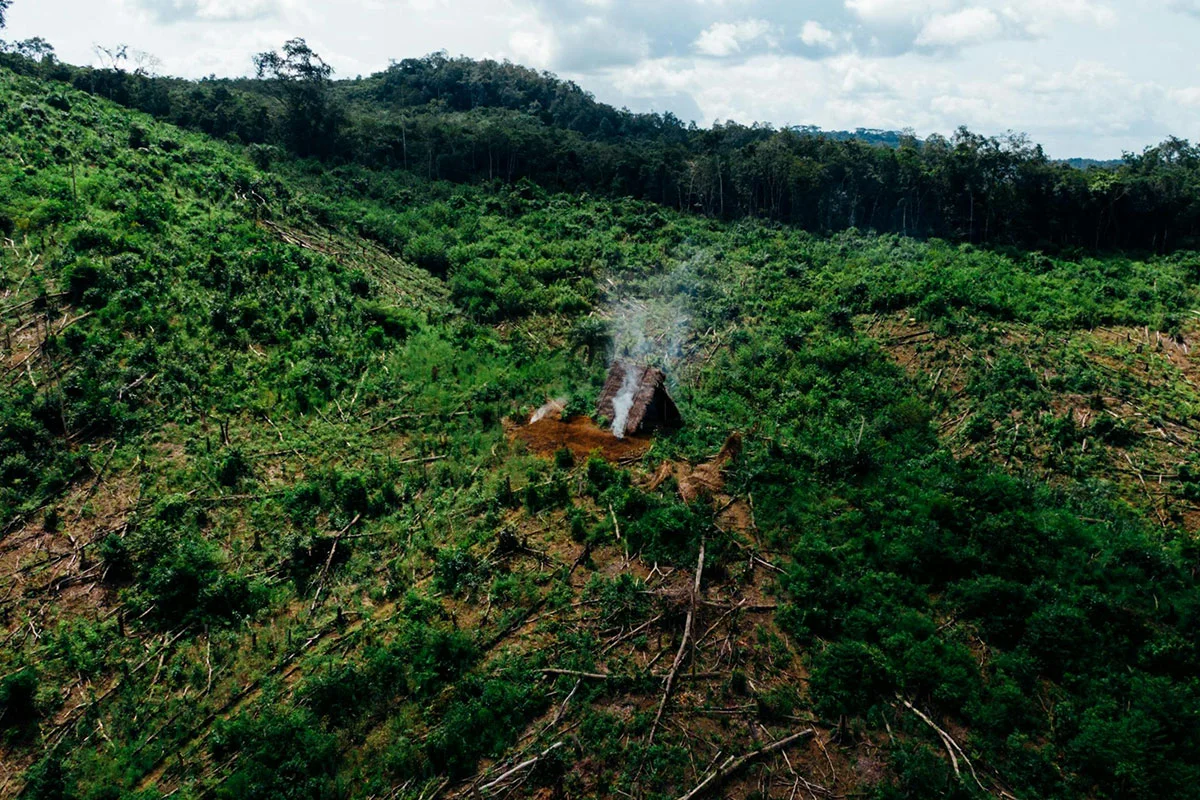



So in honour of our amazing clients, collaborators, and suppliers, we planted 300 trees with @Ripple Africa to help combat deforestation in Malawi.
It was our way of saying thank you – not just for your support in 2024, but for believing in the kind of future we want to help build: one rooted in care, sustainability, and considered choices. Because for us sustainability isn’t just a design buzzword, it’s embedded in how we work – from using low-VOC paints and recycled materials to championing energy-efficient design solutions. The tree planting was a natural extension of our commitment to designing with intention and integrity. Each tree represents a relationship we value deeply. A small but powerful symbol of growth, partnership, and long-term thinking – just like the spaces we create.
Trees do more than absorb carbon. They support biodiversity, prevent soil erosion, provide habitat, and create balance in our ecosystems. That’s why we see them not just as gifts, but as investments – in our planet, our communities, and the future we all share. So instead of celebrating the season with ribbons and wrapping paper, we chose roots and renewal.
Here’s to growing thoughtfully, together.
Unveiling the Future
Journal
Unveiling
the Future
Highlights from the Surface Design Show 2024
Every year, the KAI Interiors team attends the iconic Surface Design Show that takes place at the Business Design Centre in Islington, London. We’re always excited to join other specialists in the interior design space as it provides a great environment to meet with professionals in the field.


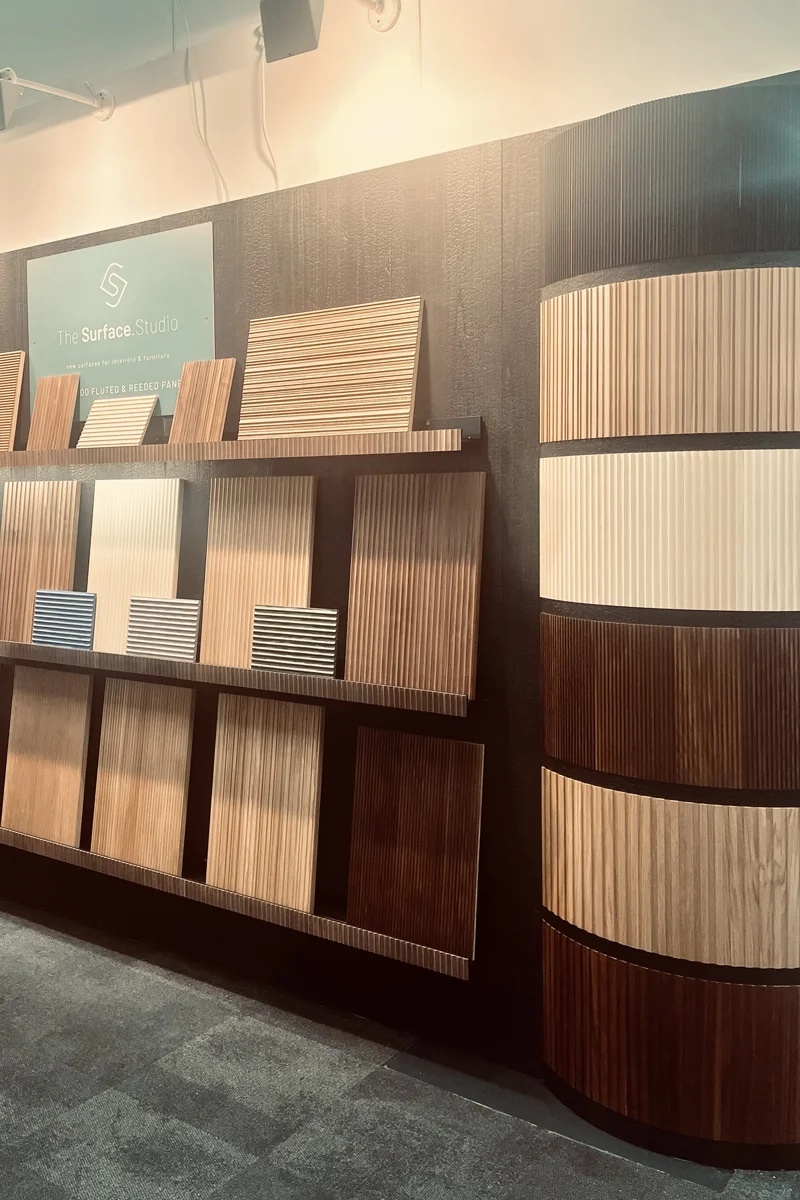
Highlights from the Surface Design Show 2024
The Surface Design Show 2024 features the latest trends in the world of design, and helps us gain valuable knowledge about cutting-edge surface design materials and surface solutions. It’s also an excellent opportunity to network with our trusted suppliers and gain insights into the latest trends and developments in surface design.
This year’s core theme was ‘Mindful Living’ and it focused on the ambition to design well while doing good, with a conscious effort to protect our planet by aiming for zero waste and embracing the vital role materials play in design. Exploring the balance between design intuition and analytical thinking to achieve progressive solutions, emphasising the influence of the natural world on the design industry and the use of material substitutes.
“The natural world remains a key influence on the design industry, inspiring new techniques and processes, as well as offering a wealth of material substitutes.”
Nickie West, Managing Director, Surface Design Show
In this article, we will explore KAI Interiors personal key takeaways:
Pioneering sustainable solutions
Exhibitors showcased a commendable array of eco-friendly innovations, from recycled materials to energy-efficient designs. The conscientious approach to sustainability demonstrated a shared responsibility among designers for creating aesthetically pleasing surfaces with a minimal environmental impact.
Tech magic
Technology stole the show with smart materials, interactive surfaces, and digital wizardry taking centre stage. Attendees had the opportunity to experience surfaces like never before, with mind-blowing interactive elements that felt like something out of a sci-fi movie.
Nature's hug, biophilic beauty everywhere
If you’ve been yearning for a breath of fresh air in interior design, look no further. The Surface Design Show was bursting with biophilic beauty. Think textured surfaces mimicking the great outdoors and organic materials bringing the outside in.
This embrace of biophilic principles not only enhanced visual aesthetics, but also reflected a thoughtful consideration for human well-being by bringing the serenity of nature into designed spaces. The show most definitely celebrated the enduring appeal of biophilic design.
Artistic expression on every surface
Art found a voice in every nook and cranny of this year’s Surface Design Show From hand-painted tiles to avant-garde wall coverings, the show demonstrated how surfaces can be transformed into canvases for artistic expression. This fusion of art and design added a sophisticated layer to the overall ambiance, showcasing the capacity of surfaces to convey a narrative beyond mere functionality.
Interdisciplinary harmony
Collaboration was in the spotlight as architects, interior designers and artists joined forces to create interdisciplinary designs. The power of collaboration resulted in beautiful installations that seamlessly blended different design worlds. This cooperative spirit demonstrated the industry’s ability to break down silos and create truly holistic design experiences. Teamwork truly made the dream work. A good example of this is the ‘Interior Design declares’ pledge, which calls for a shift in our behaviour when working in the design and construction industry, meeting the needs of our society without breaching the earth’s ecological boundaries.
Shaping your design journey
These highlights truly resonated with KAI Interior’s vision of creating unique spaces that are immersive, emotionally engaging and inspire human connection. As we reflect on our experience, it’s clear that the future of surface design is dynamic, innovative and filled with endless possibilities.
If you have a challenging interior design project you’re struggling to conceptualise and bring to life, do get in touch. We’re here to help you shape your design journey.
Hybrid working is here to stay
Hybrid working
is here to stay
According to new research by the British Chambers of Commerce Insights Unit and technology firm Cisco, less than 30% of firms expect their workforce to be fully in person over the next five years. The data shows that hybrid working is now part of the fabric of the modern workplace.


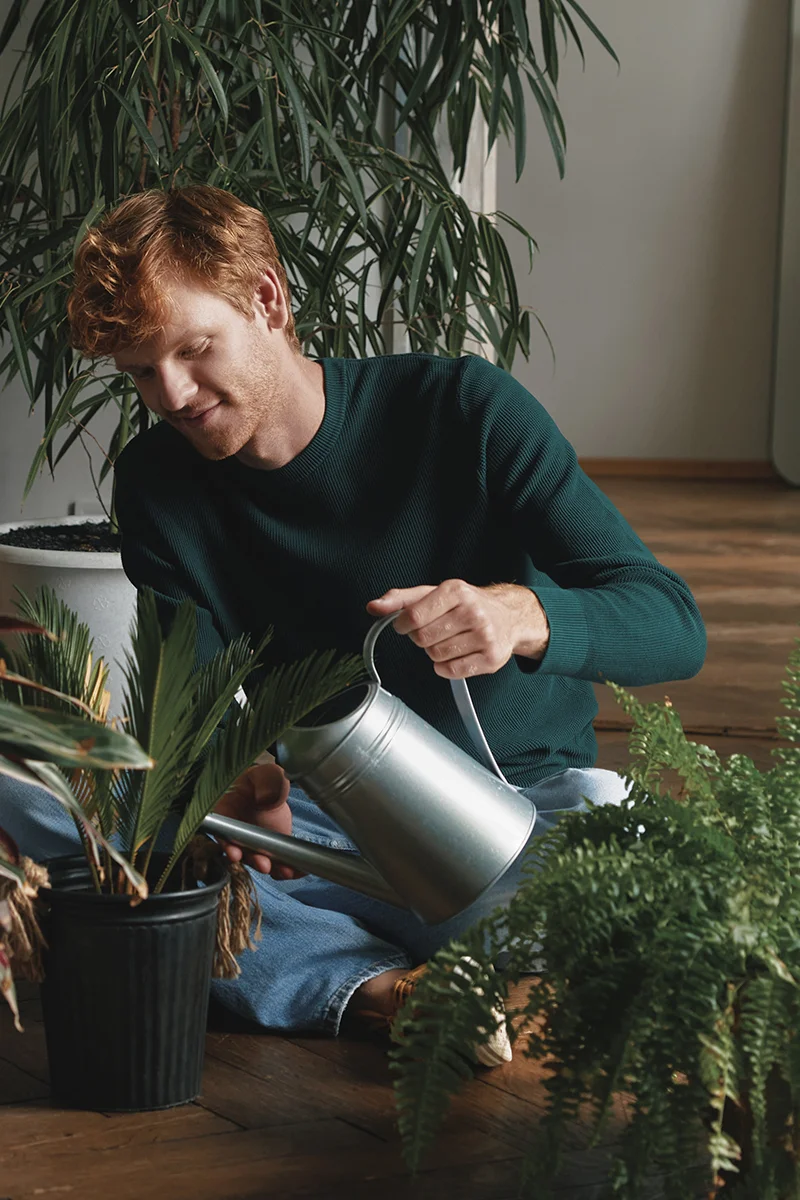
Creating work life balance
For millions of us, logging in remotely for some of the working week is now routine and this flexibility is valued by employers and employees alike. Because of this, there’s never been more of an importance placed on the work space. At Kai Interiors, we see how much the impact of workspace design can have on people, it can affect wellbeing, employee retention and customer satisfaction.
Now that businesses have found new ways to communicate across the globe, from Zoom to Google Hangout, it has given employees the possibility to work from remote locations and still enjoy inner city salaries. With more of a focus on a better work life balance, people are thinking twice about their career and where they live and this has hugely impacted the workplace. As a result, many massive global companies have closed their vast office spaces, preferring to work from smaller spaces or using different locations for weekly or monthly meetings in person.
As designers this means we have to reconsider everything we previously thought of when it comes to creating work space. ‘Office design’ no longer refers to the functional and decorative elements of a workspace, like furniture and equipment. It now takes into account the overall office experience, the wellbeing of those who use the space and the level of collaboration businesses hope to encourage.
Because of hybrid working, offices now need to be places that encourage people to come in as much as possible and to offer amenities they cannot get at home. We know, for example, that wellness and wellbeing are at the top of most businesses’ agendas for their employees. A forward-thinking workspace helps people to be healthier, happier and more productive. That doesn’t mean just offering fruit bowls and an occasional early finish on a Friday, it means designing spaces within an office where employees can feel valued. This could include meditation rooms, plush lounge spaces and fitness areas, as well as incorporating biophilic designs so people feel re-energised by water and nature throughout their day.
Shaping your design journey
Thanks to our previous experience, we’re well placed to design workspaces and we know how to lead the way by integrating new technologies into interiors as a way to use technology to enhance the working environment. Our designs aim to encourage human connection, social interactions and togetherness as much as possible.
Would you live in a hotel?
The rise of communal living in hotels
In the not-so-distant future, hotels are likely to become residences for people looking for long term stays, rather than short overnight trips.
As a result of the pandemic and the hospitality industry facing incredible challenges, the world is evolving. Not only are people reconsidering their careers and placing more importance on community and quality of life, spaces are becoming more multi-functional: workspaces combined with barbers and florists; yoga spaces with award-winning restaurants attached. Hotels are no different and are currently undergoing a co-living transformation.



The emergence of co-living
Let us explain the concept, which works two-fold. Firstly, it’s where people shunning traditional rented housing move into a functioning hotel for a longer and more permanent stay, with some hotels developing residences for people to live in for a year at a time.
Secondly, it’s the rise of existing hotels being repurposed and redesigned to create co-living spaces – which is where the importance of interior designers comes into play. As designers, we thrive on working on large scale projects and because we have so much prior knowledge about the evolution of the hotel, transforming a traditional hotel or designing a new one to incorporate co-living are things we are best placed to advise on.
Why are more people wanting to experience co-living? At its core, co-living provides individuals with fully furnished and well-equipped living spaces within a shared environment. This concept is different from traditional serviced apartments or houses because it prioritises community, convenience, an affordable cost of living and an enriched living experience.
According to the Financial Times in June 2023, a multi-million joint venture between asset manager PGIM Real Estate and co-living operator Weave acquired Rosedale Hotel in Kowloon, Hong Kong, with the intention of converting the 435-key property into a co-living property. Meanwhile, in Singapore, real estate management firm LHN Group has invested USD$65.5 million over the past three years to acquire properties under its co-living brand Coliwoo.
This proves there is a clear demand for co-living in spaces that plug the gaps and inefficiencies of traditional housing. With the rise of remote work and more people adopting a more nomadic lifestyle, co-living has become a brilliant solution to continually soaring rents and unattainable mortgages. In turn a co-living hotel can become the hub of community life, offering spaces and services that cater to the needs of the local residents.
Shaping your design journey
We recognise that people no longer just want a place to stay, they want a more affordable and enriching life experience. If cleverly designed, a co-living space in a hotel can provide people with a sense of community, forging connections and embracing a lifestyle that combines work, life and adventure in a unique way.
Do you have a challenging interior design project you’re struggling to conceptualise and bring to life? Let us help you.
The Mini Bar goes Maxi
The death
of the mini-bar?
At this point in time, hotels are at the forefront of the hospitality industry with new landmark openings cropping up all the time – in the last six months alone in London we’ve seen the opening of Raffles at the Old War Offices, the Peninsula in Hyde Park and the Mandarin Oriental in Mayfair. Hotels are often found leading the way with innovative changes in technology and as interior designers, we pride ourselves on making sure we visit new openings to keep ahead of upcoming design trends.

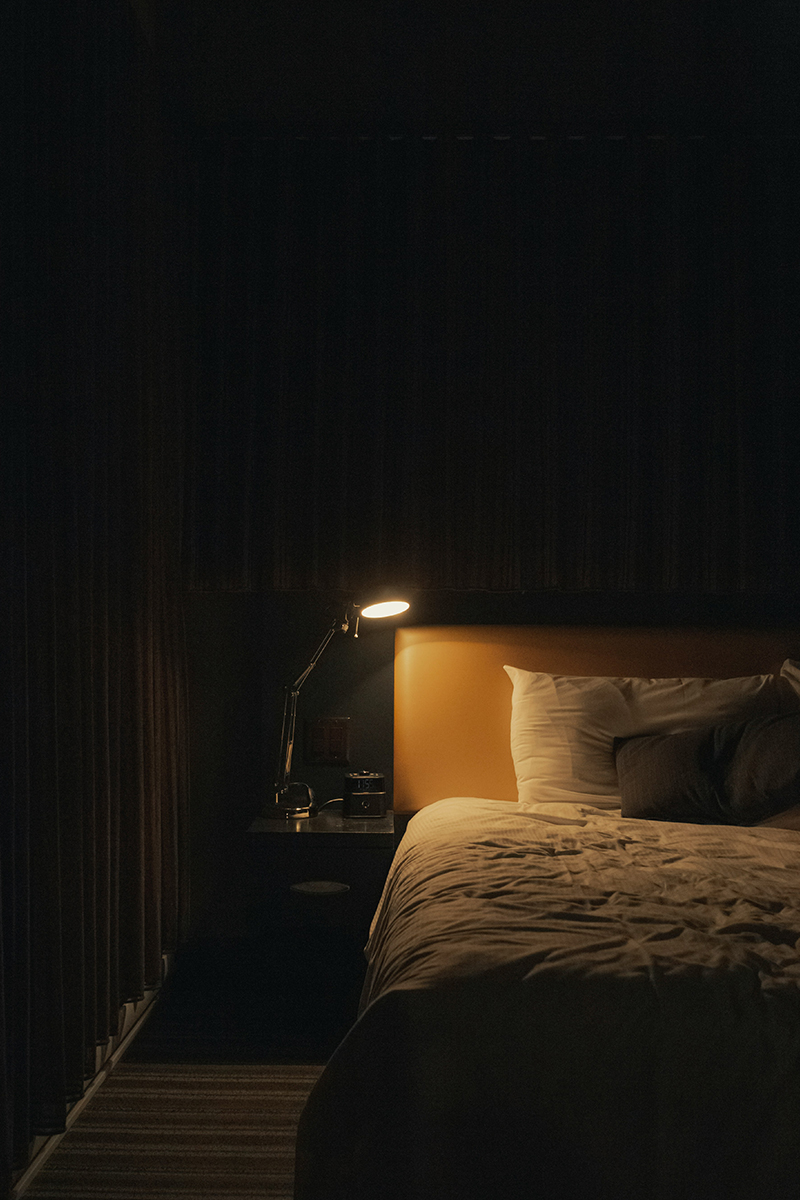

It’s time for a drink
One big trend we’ve seen recently is the decline of the mini bar. The world’s first minibar was introduced at the Hong Kong Hilton Hotel by manager Robert Arnold in 1974 and it was once heralded as the height of luxury. These days every good hotel has a mini bar in its rooms and as dated as they can sometimes look and feel, they still make a great addition to a hotel room. When we work on hotel designs, we always try to add mini bars in to secret cocktail cabinets or desk elements to create fun features for guests to discover should they need a drink or snack in their room.
However, it seems the mini bar could soon be a thing of the past, to be replaced by a maxi bar. “What is a maxi bar?” we hear you ask. Well, thanks to the rise of travellers looking for a more bespoke and personal experience, the maxi bar is a variety of things. Firstly, some hotels are offering actual bars in hotel rooms – in a Soho House bedroom for example you have access to spirits, lemons and limes, ice, a cocktail shaker and even vermouth spritz so you can mix the perfect martini once the clock strikes 5pm. At the original Raffles in Singapore, a drinks trolley roams door to door early in the evening serving up any drink you desire from a cold beer, to a bubbling Champagne or a vintage vin rouge and in Baccarat Hotel in New York, the maxi bar features an entire Ladurée selection.
The concept of the maxi bar allows hotels to customise items tailored to individual preferences – something which has proven to result in customer loyalty and repeat booking.
When you’re a fan of the mini or the maxi, a strong interior design team like ours can suggest the best ways to appeal to customers for the most unique stay possible.
Get in touch
Do you have a challenging interior design project you’re struggling to conceptualise and bring to life? Let us help you shape your design journey.
Sleep tourism
Introducing the
world of sleep tourism
Introducing the world of sleep tourism
Are you ready to go on the most relaxing trip you’ll ever take? According to a recent survey by Hilton hotels, the majority of travellers of all ages indicated that their primary reason for travel in 2024 will be to rest and recharge. Last October, Jules Perowne, CEO and founder of Perowne International was quoted as saying, “there is no doubt that sleep-focused holidays are one of the biggest trends in the travel industry.”
The idea is that for many people, a holiday now shuns a jam-packed itinerary in favour of a relaxing trip that will prioritise sleep and a good night’s rest. This, coupled with people’s ever-increasing busy schedules and stressful lives has coined the term of a new type of travel: sleep tourism.
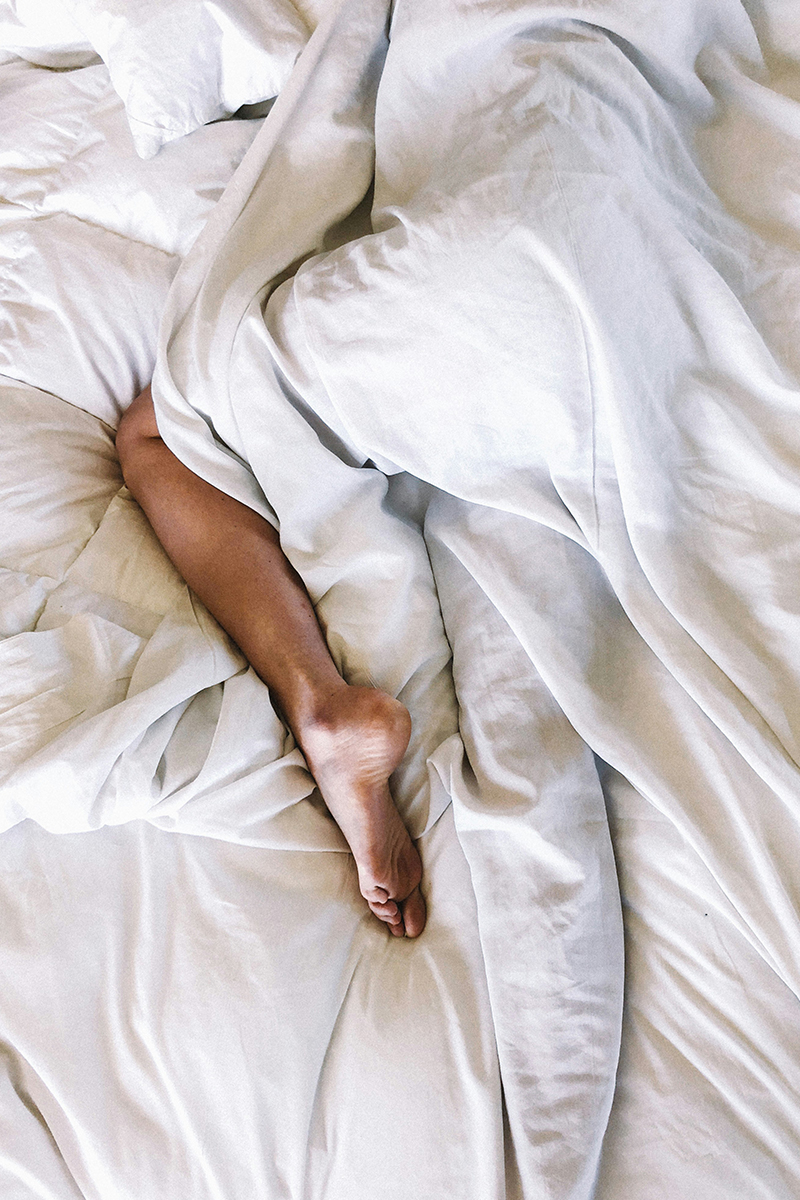

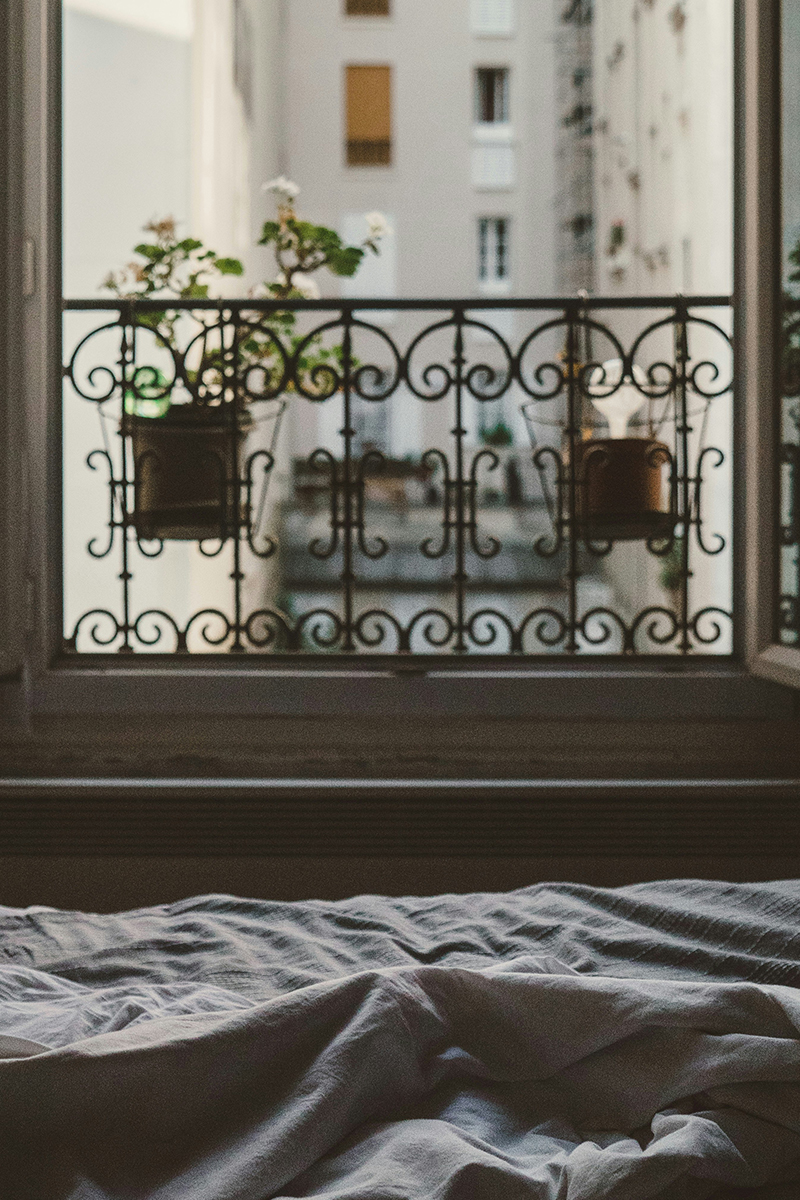
From boutique B&Bs to contemporary hotels
The emergence of sleep tourism is a response to the fact that most of us don’t get enough shut eye, that eight hours is illusive for a reason. As a result, ensuring we sleep well, even while travelling for work or for pleasure, has become more important than ever.
As interior designers, we know from working with hoteliers that the key to a successful hotel is having brilliant bedrooms. Whether working with a vast property, or a boutique B&B, a core emphasis of our design work is to create the most tranquil bedrooms that make the best use of light, texture and space.
Hotels and other types of accommodation are adjusting their services to cater to this growing sleep tourism trend, with many offering sleep-focused programmes, sleep-inducing spa treatments and even sleep retreats where guests can choose bespoke items from pillow menus, duvet options and sleep related literature to promote restful sleep and overall well being. It’s like taking your usual holiday siesta and making it the theme of your entire trip.
The rise of AI in interior design
Our interior designers have also noticed the increase of AI in hotel bedrooms, in the form of AI-powered beds that can analyse sleep patterns and adjust the mattress firmness, or AI bedroom settings to create the optimal sleeping environment for each guest for a bespoke stay.
As a team of busy designers and parents (of children and animals) we recognise the importance placed on a good night’s sleep and with sleep tourism becoming the new normal our specific goal is to create spaces to improve and enhance sleep as much as possible.
Get in touch
Do you have a challenging interior design project you’re struggling to conceptualise and bring to life? Let us help you shape your design journey.
The future trends of wellbeing spaces
Journal
The steady growth of the wellness and wellbeing economy is now worth approximately £4.4 trillion – with an annual growth rate of 10 percent each year. It’s no surprise then, that wellness is here to stay, which is exactly what we all need to hear, considering that the 2023 Global Wellness Economy Monitor Report found that three-quarters of adults say their stress levels have increased over the past year.

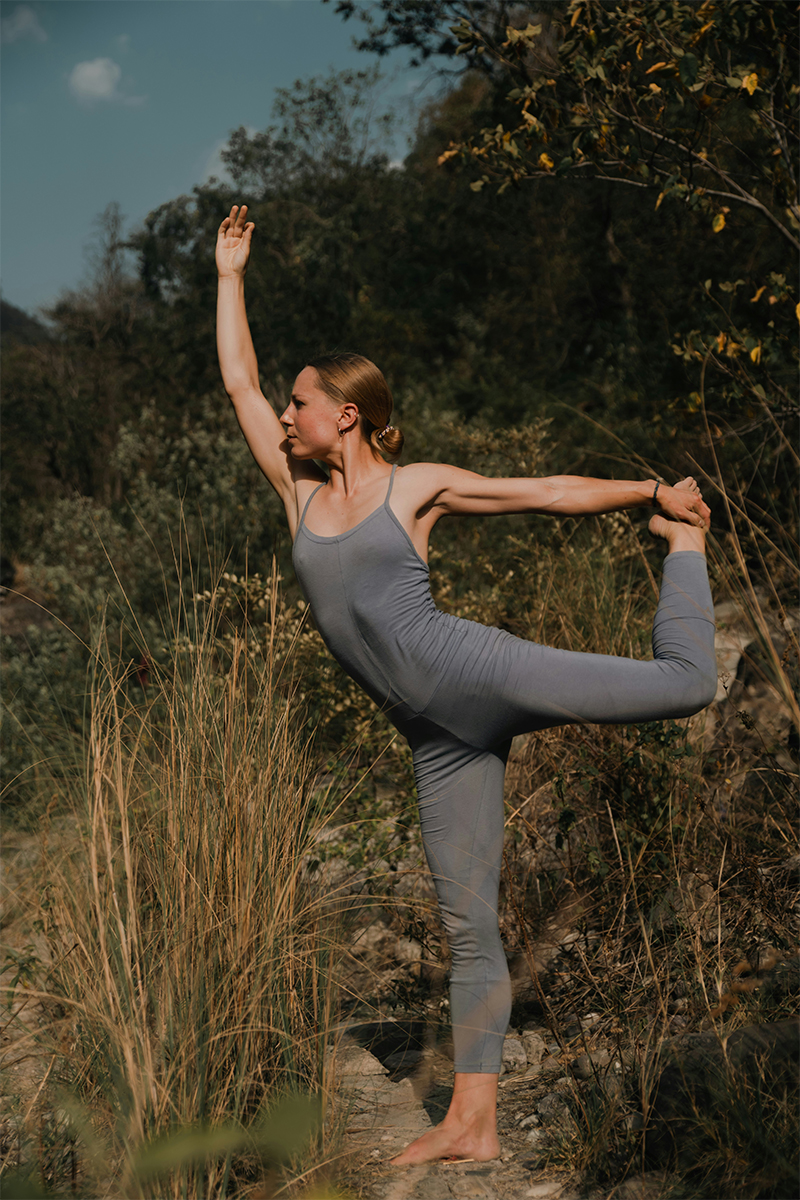
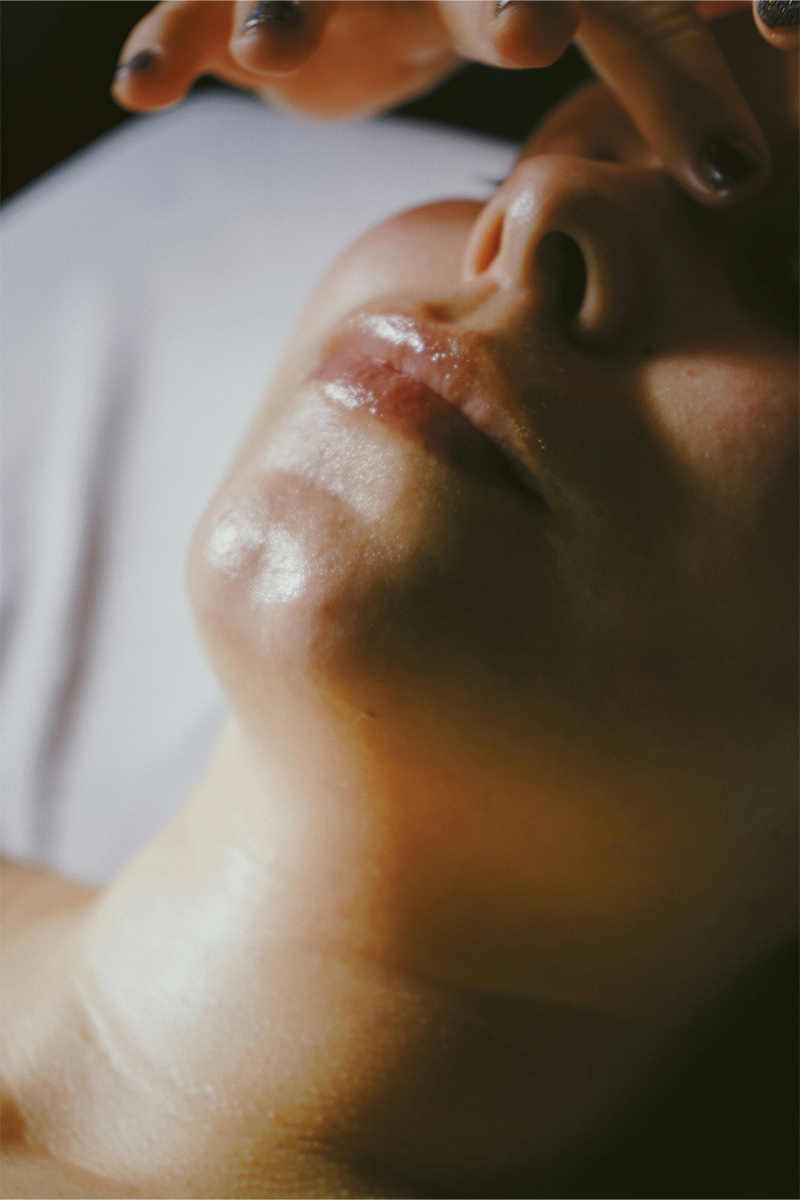
Improving people's lives through interior design
When it comes to wellbeing, our designers are continuously curious as to how we can better improve peoples’ lives through the spaces they enjoy. Whether you’re into yoga, pilates, swimming or spin, there’s a huge amount of diversity, choice, and innovation in the wellness marketplace. Our skillset as interior designers transfers over to this space because we really focus on customer experience and the journey the customer goes on within the space we design.
As a team we are continuously exploring what trends are about to roll out in the industry and how we can make them a reality in a project, ensuring the best a budget can stretch to. For example we can work on clever ways to maximise space which can in turn increase potential revenue. We can also bring our interior design knowledge to elevate a wellbeing interior and factor in the more current trends within this sector.
As a result of working in the wellbeing sector and researching upcoming trends we’ve uncovered that the future of studios and spaces are likely to have a focus on creating inclusive, adaptable and science-based environments that promote holistic wellbeing. For example, a yoga studio won’t just be a yoga studio, it will have elements that support the mental and emotional elements of a person’s wellbeing, as well as the physical.
Collaboration between interior designers and architects
There’s also a growing emphasis on using architecture and design to create spaces that are more accessible and less intimidating. This can be done through incorporating fitness areas, meditation rooms, natural ventilation and access to green open spaces. There’s also a huge rise in the integration of biophilic design principles, which connect people with nature via water features, greenery and ‘living walls’.
Flexibility and multi-functionality spaces that can adapt to different needs and functions are also gaining popularity, with architects and designers like us creating flexible layouts and using modular furniture to accommodate a variety of different activities in the same space. This is a key way to maximise revenue because you’re not limiting your space or business plan to one strand. Your yoga studio could also be a space where people can come and work for the day.
Shaping your design journey
Whatever the wellbeing world has ahead of it, we can help you to create environments that support the overall wellness of clients and employees.




